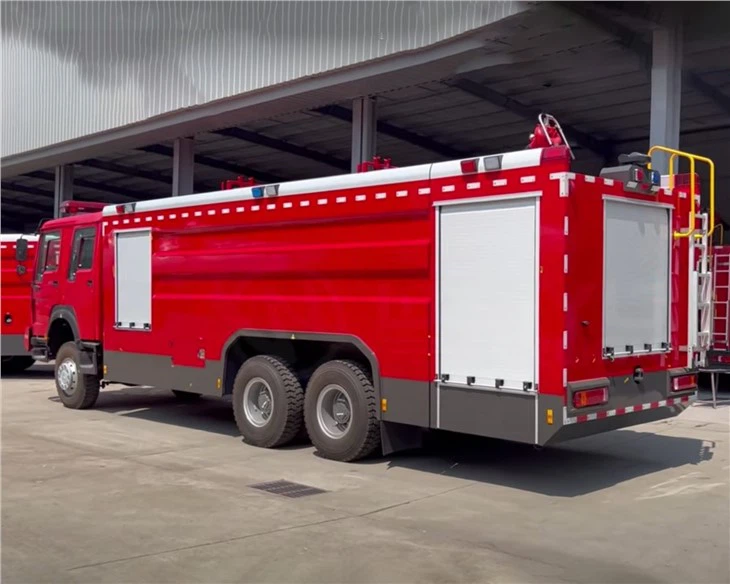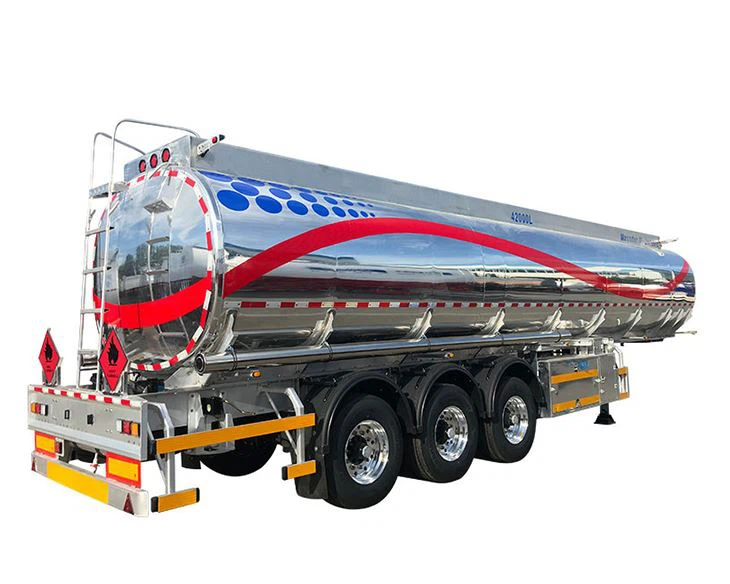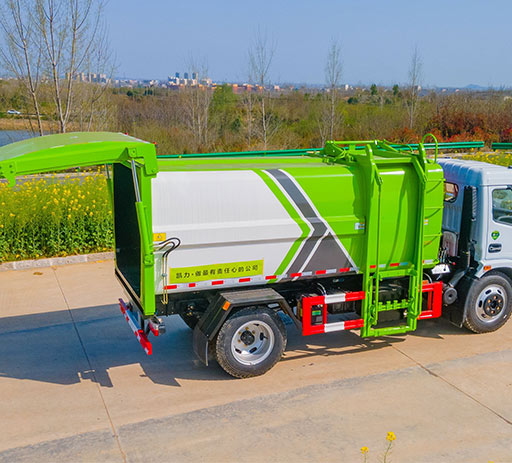Understanding Dump Truck Capacity in M3: A Comprehensive Guide

When it comes to construction, mining, or landscaping projects, having the right equipment is crucial to efficiency and productivity. Among the most essential vehicles in these projects is the dump truck. Knowing dump truck capacity in cubic meters (m3) is vital for planning and executing projects effectively. This article provides a detailed exploration of dump truck capacity, including types, calculations, practical examples, and frequently asked questions.
What is Dump Truck Capacity?
Dump truck capacity refers to the volume of material that a dump truck can carry, usually expressed in cubic meters (m3). This measurement is essential for contractors, builders, and site managers to determine how many trips will be needed to transport materials like gravel, sand, dirt, and debris.
Types of Dump Trucks and Their Capacities
Standard Dump Trucks
Standard dump trucks are the most common type, featuring an open-top container that can be raised at the front to unload materials. Their capacity typically ranges from 6 to 15 m3, making them suitable for smaller construction projects.
Articulated Dump Trucks
Articulated dump trucks have a pivot point between the truck and the trailer, allowing for better maneuverability. These trucks can carry larger loads ranging from 10 to 40 m3, making them ideal for more extensive projects like mining or large-scale earthmoving.
Side-Dump Trucks
Side-dump trucks allow material to be unloaded on the side rather than at the back. They typically hold between 12 to 25 m3, depending on the truck’s size, making them efficient for projects that require spreading materials in a specific area.
Triaxle Dump Trucks

Triaxle dump trucks are equipped with three axles, providing added stability and a higher weight capacity. They often have a capacity ranging from 12 to 16 m3 and are commonly used in heavier applications, such as road construction.
Factors Affecting Dump Truck Capacity
Several factors can influence the effective capacity of a dump truck:
Weight Restrictions
Regulatory weight limits can significantly affect how much material a dump truck can carry. Overloading a truck can lead to fines and damage to the vehicle.
Material Density
The type of material being transported also plays a crucial role. For example, a load of gravel will occupy a different volume than a load of dirt, impacting the overall capacity.
Truck Size and Design
The physical dimensions of the truck’s bed impact its capacity. Bigger trucks with higher side walls can typically hold more material.
Calculating Dump Truck Capacity in Cubic Meters
Using Dimensions
To calculate the capacity of a dump truck in cubic meters, you can use the formula:
Capacity (m3) = Length (m) x Width (m) x Height (m)
For example, if a dump truck bed measures 4 meters long, 2 meters wide, and 1.5 meters high, the calculation would be:
4 x 2 x 1.5 = 12 m3
Using Weight and Material Density
Another way to calculate capacity involves understanding material density:
Capacity (m3) = Weight (kg) / Density (kg/m3)
For example, if you need to transport 6000 kg of gravel, with an average density of 1500 kg/m3, the calculation would be:
Capacity = 6000 / 1500 = 4 m3
Practical Examples of Dump Truck Capacity Usage
Construction Project
In a construction project requiring soil removal, a contractor has a standard dump truck with a capacity of 10 m3. If the total volume of soil to be removed is 50 m3, the contractor will need to make:
Number of trips = Total Volume / Truck Capacity = 50 / 10 = 5 trips
Residential Landscaping
A homeowner decides to add gravel landscaping and needs 15 m3 of gravel. They find a dump truck with a capacity of 6 m3. The number of trips required will be:

Number of trips = 15 / 6 ≈ 2.5 trips
Since partial trips aren’t possible, they will need to book 3 trips.
Tips for Maximizing Dump Truck Capacity Efficiency
- Know Your Material: Understand the density of materials to calculate capacity accurately.
- Load Properly: Ensure even loading to prevent shifting during transport.
- Adhere to Weight Limits: Follow local regulations regarding weight limits to avoid fines.
- Use GPS or Load Management Systems: Implement technology to improve efficiency in routing and tracking loads.
FAQs About Dump Truck Capacity in M3
1. How do I determine the right dump truck for my project?
Consider the volume of material you need to transport and select a truck that can carry that load in fewer trips efficiently. Check also the truck’s weight capacity and adhere to regulations.
2. What are the most common dump truck sizes?

Common dump truck sizes range from 6 to 15 m3 for standard dump trucks, while articulated models can hold between 10 to 40 m3, depending on the design and purpose.
3. Can dump trucks be overloaded?
Yes, but overloading can lead to safety issues, increased wear and tear on the vehicle, and regulatory penalties. Always adhere to the manufacturer’s specified capacity and local weight regulations.
4. How can I load my dump truck effectively?
To load effectively, distribute weight evenly, avoid overloading the truck’s bed, and ensure that loads are secured. Training personnel in proper loading techniques can also help maximize efficiency.
5. Is there a difference between dump truck capacities for different materials?
Yes, different materials have different densities, which will affect how much can be loaded into the truck. Always calculate based on the specific material you plan to transport.
6. How do I maintain my dump truck for optimal performance?
Regular maintenance is essential. Follow a routine schedule that includes oil changes, brake inspections, tire checks, and overall vehicle health assessments to ensure your dump truck operates at its best.
